order
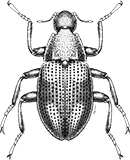
Coleoptera
“Adult Beetles”

Coleoptera
“Larval Beetles”

Diptera
“True Flies”

Ephemeroptera
“Mayflies”

Hemiptera
“True Bugs”

Lepidoptera
“Aquatic Caterpillars, Snout Moths”

Megaloptera
“Alderflies, Dobsonflies, and Fishflies”
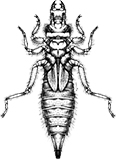
Odonata
“Dragonflies and Damselflies”

Plecoptera
“Stoneflies”

Trichoptera
“Caddisflies”
family
Phryganeidae
genus
Ptilostomis
“Giant Casemaker Caddisflies”
Genus Overview
No genus-level description defined.
Characteristics
POLLUTION TOLERANCE
Southeast: 6.7
Upper Midwest: 5
Mid-Atlantic: 5
0 = least tolerant, 10 = most tolerant
FEEDING HABITS
Engulfer / Predator
Shredder / Detritivore
Shredder / Herbivore
Shredder / Detritivore
Shredder / Herbivore
MOVEMENT
Climber
DISTRIBUTION
Widespread (east of the Rocky Mtns.)
HABITAT
Lotic-depositional
Lotic-erosional
Lotic-erosional
Diagnostic Characters
order
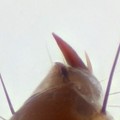
Prolegs With Single Hook
family
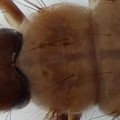
Membranous mesonotum
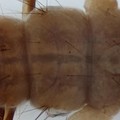
Membranous metanotum
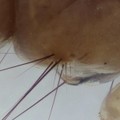
Setose Lateral Sclerites on Meso- and Metanota
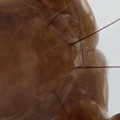
Abdominal Segment IX with Small Sclerite
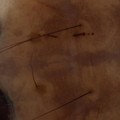
Mesonotum with 2 Pairs of Setae
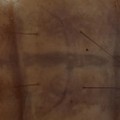
Metanotum with 2 Pairs of Setae
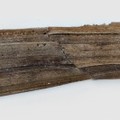
Spiraling or Ringed Plant Case
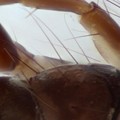
Stiff Prosternal Horn
+ Expanded Character List
Order:
Larvae: Wings/wing pads absent. Eye spots present, but compound eyes absent. Antennae usually small, inconspicuous. Three pairs of segmented legs present on thorax. Pair of anal prolegs, each with single hook, located on last abdominal segment. Larvae can be free-living, in silken retreats attached to substrate, or in usually-portable tubes or cases made of sand, rocks, or plant material.
Family:
The larva lives in a case made of dead leaves with the pieces arranged as rings or in a spiral; the top of the first thoracic segment is covered by sclerites; the tops of the second and third thoracic segments are membranous or may have a pair of smaller sclerites on the top of the second segment; there is a prothoracic horn (stiff needle) between the front legs; there is a sclerite on the top of the 9th abdominal segment; anal prolegs are partly fused with the end of the abdomen.
Genus:
Not defined.



Dorsal
Ventral
Case



